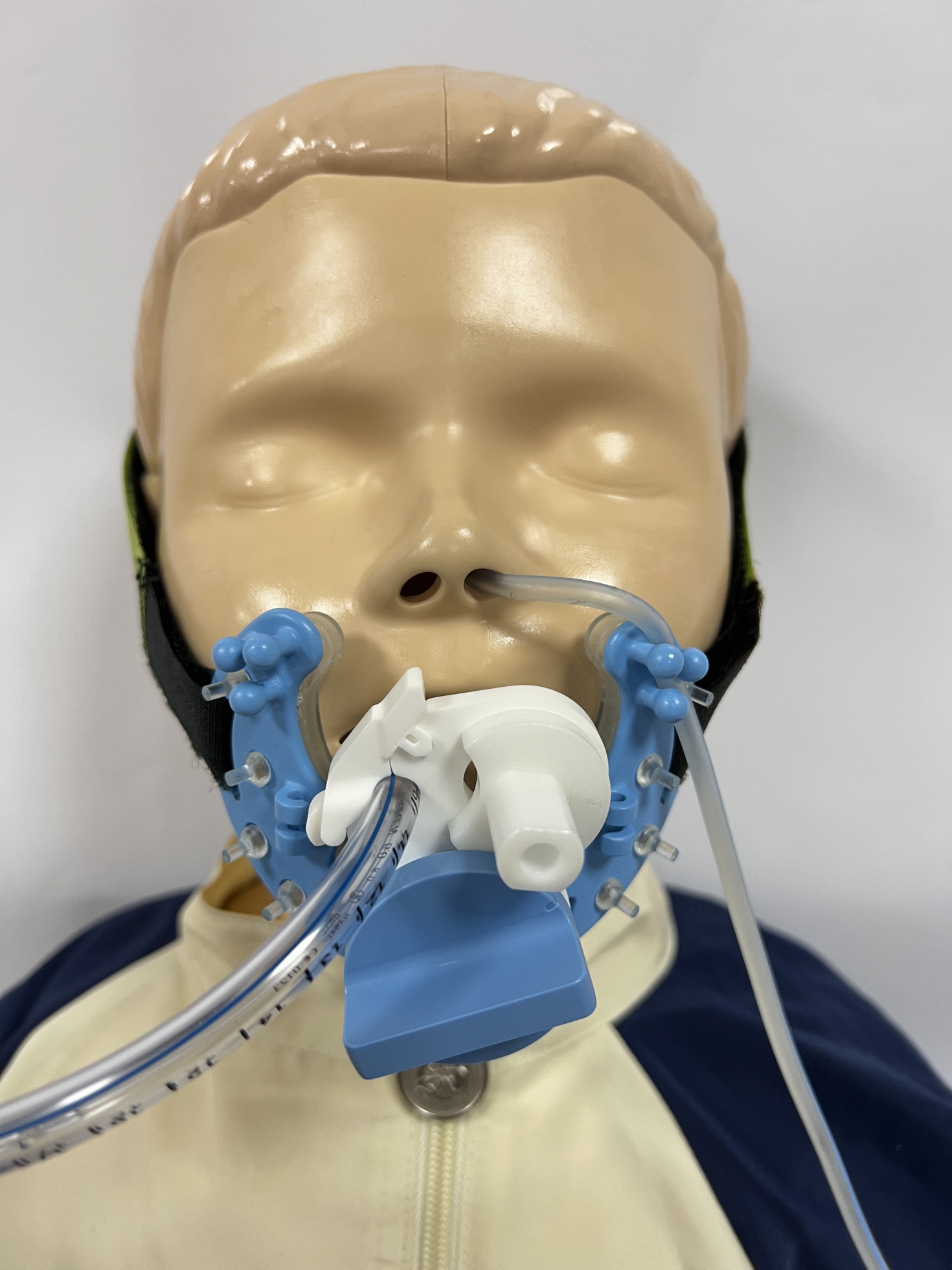Introduction
Critically ill patients often require endotracheal tubes and external ventilators to maintain their cardiorespiratory function. Restless patients may also need a bite block to prevent them from biting the endotracheal tube and obstructing oxygen supply. Additionally, nasogastric tubes are used for feeding, medication administration, or drainage purposes. Clinical practice usually involves using adhesive tape, cotton ropes and commercially available tube fasteners to secure the endotracheal tube, resulting in patient pressure ulcers, tube displacement, and ongoing care issues. The device does not require adhesive tape, prevents skin injury, sits three tubes simultaneously, is compatible with tubes of different specifications, is easy to dissemble and transport, applies to patients of all ages, and satisfies various nursing needs.
Features / strengths
For critically ill patients who require support for their cardiopulmonary function, a tracheal tube is placed and connected to a ventilator. Restless patients may require a bite block to prevent biting down on the tracheal tube and disrupting oxygen supply. Additionally, a nasogastric tube may be used for feeding, medication, or drainage purposes. Currently, medical professionals commonly use adhesive tape and cotton ropes to secure the above-mentioned tubes, but this method can lead to skin pressure injuries, dislodgement of the tubes, difficulty with care and safety concerns for the patient. Commercially available tube holders have the following drawbacks: (a) they are only suitable for adults, (b) they only provide single-tube fixation for tracheal tubes, (c) the sizes of the holders are not interchangeable, (d) the bite blocks cannot be removed, (e) the tubes cannot be relocated and fixed, (f) they are not convenient for nursing care and therefore have low popularity. This device can prevent pressure injuries, support three types of tubes, have interchangeable parts, be used for all ages, and have comprehensive care functions. In recent years, patient safety and environmental sustainability have become global issues. In addition to clinical needs, we also consider environmental protection in our design. We refuse to use disposable materials, reduce the consumption of medical adhesives, and achieve plastic reduction through simple packaging. We also promote reuse and recycling using environmentally friendly recycled materials. This device has the competitive advantages of being free from adhesive tape, supporting three types of tubes, having interchangeable parts, being suitable for all ages, meeting care needs, and promoting environmental sustainability.
Specification in detail
size
Approximately 10cm x 10cm x 3cm
contents
main body, auxiliary body, knob base, oral bite, fixation belt


